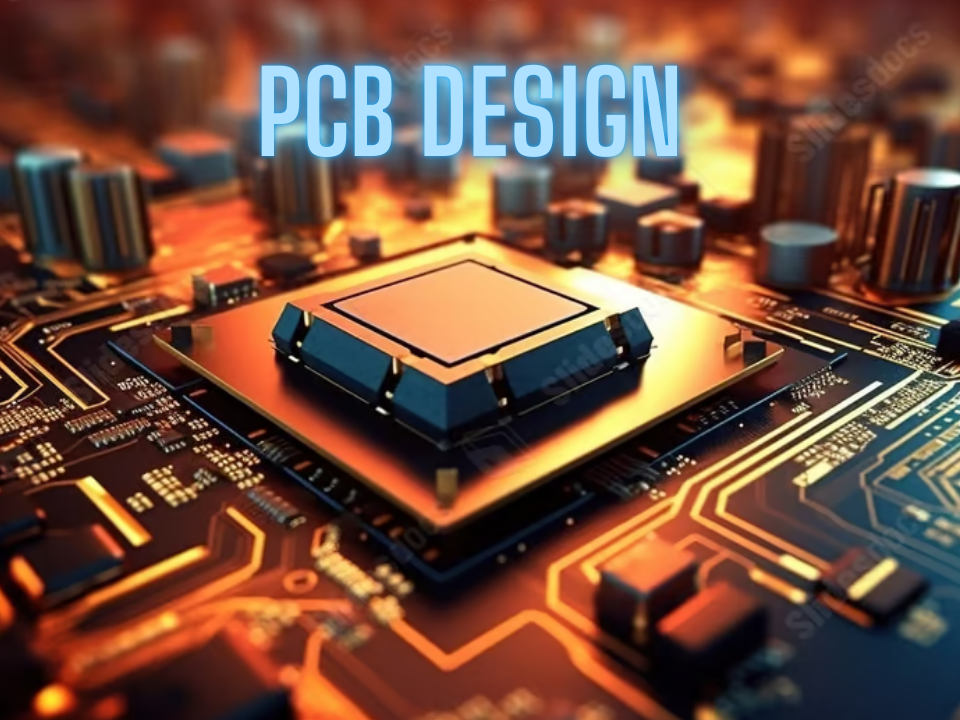Introduction to PCB Design
Printed Circuit Board (PCB) design is a critical aspect of modern electronics. It involves creating a layout for electrical circuits on a board, which ultimately allows electronic components to function correctly. Understanding the fundamentals of PCB design is essential for engineers and hobbyists alike.
Key Components of PCB Design
There are several crucial components involved in PCB design. Firstly, the schematic diagram serves as the blueprint for the circuit. It shows how different components are connected and interact with each other. Next, the layout design is developed, arranging the physical location of components on the board. Finally, the routing process involves creating the paths (traces) that connect these components.
Design Considerations and Best Practices
When designing a PCB, several best practices should be followed to ensure functionality and reliability. Proper spacing between components is crucial to avoid short circuits. Additionally, trace width must be calculated based on the current carrying capacity to prevent overheating. Signal integrity should be maintained by minimizing noise and interference, which can be achieved through techniques like proper grounding and shielding.
Tools and Software for PCB Design
There are various tools and software available to aid in PCB design. Popular software includes Altium Designer, Eagle, and KiCad. These tools provide a range of functionalities, from schematic capture to layout design and simulation. Choosing the right tool depends on the complexity of the project and the user’s proficiency.
Conclusion
In summary, PCB design is a meticulous process that requires careful planning and execution. By understanding the key components, adhering to best practices, and utilizing appropriate tools, one can create efficient and reliable circuit boards. Whether you are an experienced engineer or a beginner, mastering PCB design is a valuable skill in the field of electronics.





Reviews
There are no reviews yet.